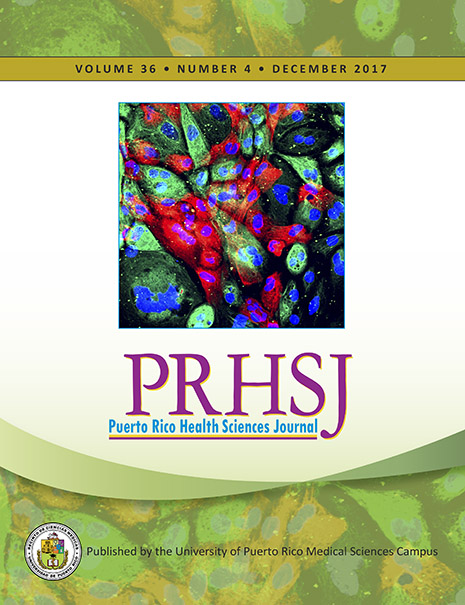Abstract
Hypokalemic periodic paralysis (hypoKPP) is a clinical entity characterized by recurrent skeletal muscle paralysis due to a decrease in serum potassium levels; hypoKPP can have either a primary (familial) or a secondary cause. One of the secondary causes of hypoKPP is distal renal tubular acidosis (dRTA). Distal renal tubular acidosis (dRTA) is diagnosed when the urinary pH is greater than 5.3 and in the presence of hyperchloremic metabolic acidosis and hypokalemia, with one of the causes being primary Sjögren’s syndrome (pSS). PSS can have both glandular and extra glandular manifestations, with dryness of the eyes and mouth being the most common presenting symptoms. DRTA arising from pSS is very unusual, occurring in fewer than 2% of the cases of Sjogren’s syndrome (SS). Here, we report on a case of recurrent flaccid quadriparesis that appears to have been caused by distal RTA, resulting in hypokalemia; upon further investigation and clinical evaluation, the patient was diagnosed with pSS.
Authors who publish with this journal agree to the following terms:
a. Authors retain copyright and grant the journal right of first publication with the work simultaneously licensed under a Creative Commons Attribution License that allows others to share the work with an acknowledgement of the work's authorship and initial publication in this journal.
b. Authors are able to enter into separate, additional contractual arrangements for the non-exclusive distribution of the journal's published version of the work (e.g., post it to an institutional repository or publish it in a book), with an acknowledgement of its initial publication in this journal.
c. Authors are permitted and encouraged to post their work online (e.g., in institutional repositories or on their website) prior to and during the submission process, as it can lead to productive exchanges, as well as earlier and greater citation of published work (See The Effect of Open Access).
